Blog
1 May 2024
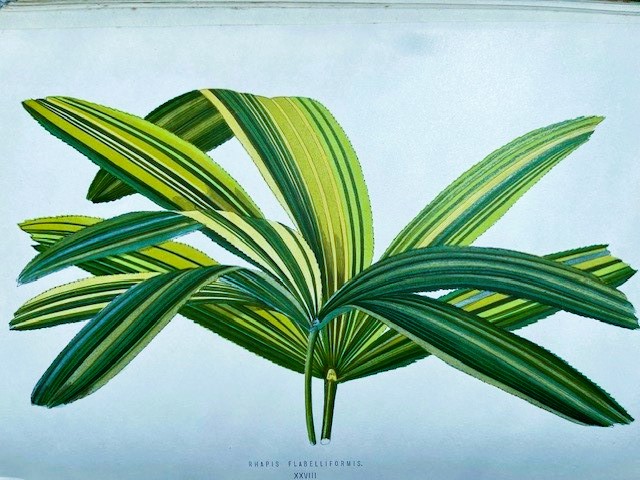
New and Rare Beautiful-Leaved Plants (1870), ‘Rhapis flabelliformis’
In this country we like to think of ourselves as a nation of gardeners – by which we mean all those who busily and lovingly tend their town and suburban gardens, which are mostly modest in extent. But one, now largely forgotten, Victorian journalist and writer on horticulture had a key role in laying the foundations for this cult of small-scale ‘do-it-yourself’ gardening, and some of his many works are in Emmanuel’s collection of illustrated books.
James Shirley Hibberd (1825-1890) was born in Stepney, son of a sea-captain who had served under Nelson; he was apprenticed to a bookseller but moved into horticultural journalism, publishing as ‘Shirley Hibberd’. As he struggled to grow flowers, fruit and vegetables in his garden in Stoke Newington, despite the polluted, soot-laden London air, Shirley Hibberd noticed that the horticultural press of the day was directed at country house owners, their head gardeners, and the nursery men who supplied them. These professional garden writers ignored the possibility of gardening in towns and suburbs. By contrast, Shirley Hibberd saw gardening as open to all, and lambasted the Royal Horticultural Society for taking no account of the working-class amateur gardener. Shirley Hibberd saw a gap in the market for advice and self-help publications for amateur gardeners wanting to make something of their small urban gardens.
For this market Shirley Hibberd produced a stream of books and started three gardening magazines, including Amateur Gardening in 1884, which is still being published today. Titles included Rustic Adornments for Homes of Taste, The Rose Book, The Amateur’s Flower Garden. His The Fern Garden (1869) was particularly successful, promoting the Victorian predilection for these graceful plants. Other popular works included The Amateur’s Green House and Conservatory and Field Flowers, a month by month guide to the blooming of wild flowers.
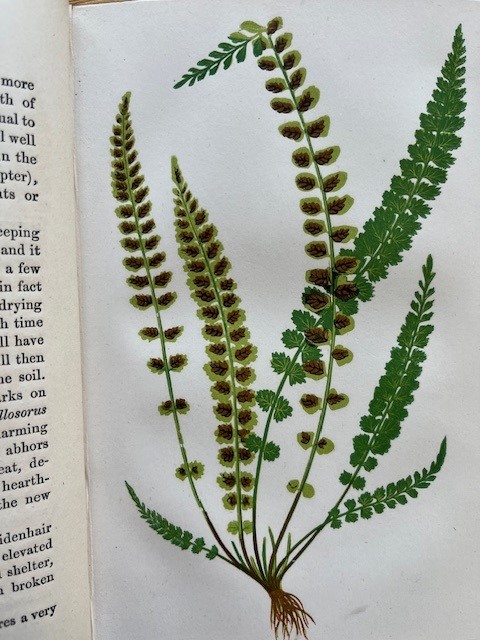 The Fern Garden (1869), ‘Asplenium viride’
The Fern Garden (1869), ‘Asplenium viride’
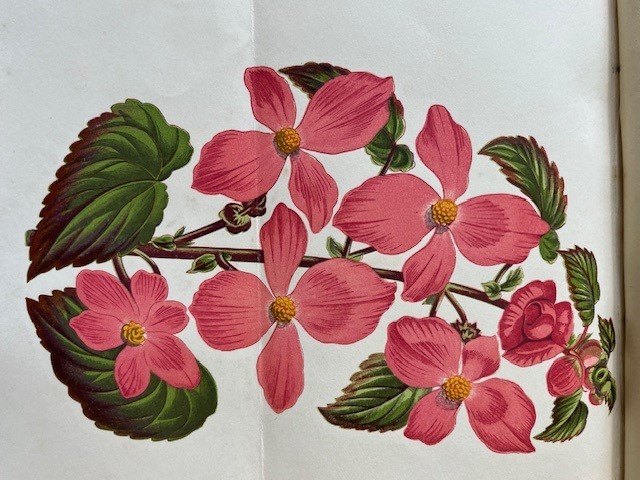
The Amateur Greenhouse (1880), ‘Begonia diversifolia’
Being self-taught himself, and unimpressed by experts, Shirley Hibberd was a natural at writing for amateur gardeners, soon becoming a household name and a leader of fashionable taste in the modest garden. Anticipating today’s TV gardeners, Shirley Hibberd drew on trial and error in the renovation of his own Stoke Newington garden to demonstrate for readers the creation of a rockery or a fern garden, or how to secure a succession of colour, or a succession of fresh fruit and vegetables in times before refrigeration. His advice was practical: for his amateur readership he did not recommend the Victorian craze for ‘carpet’ bedding of massed annuals – it was too expensive and labour-intensive – instead preferring herbaceous perennials and shrubs.
In several of his most striking publications Shirley Hibberd emphasized the beauty of foliage in its own right, although he saw gardens as essentially artificial creations and (unlike the inane modern fad) he had no wish to recreate a meadow inside a garden. His The Ivy: Its History, Uses and Characteristics (1872) was among the first to make a study of ivy and promote its beauty for garden use. Like other of his books, the binding and illustration aimed to match the beauty perceived in the subject.
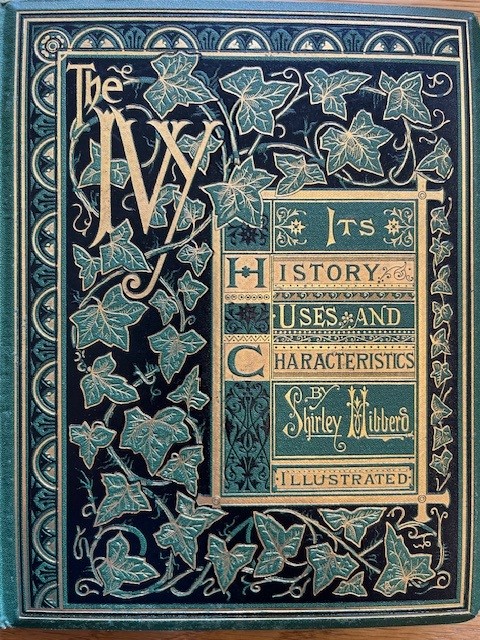 The exquisite binding of ‘The Ivy’ (1872), and the title-page, showing an ivy-covered Conway Castle
The exquisite binding of ‘The Ivy’ (1872), and the title-page, showing an ivy-covered Conway Castle
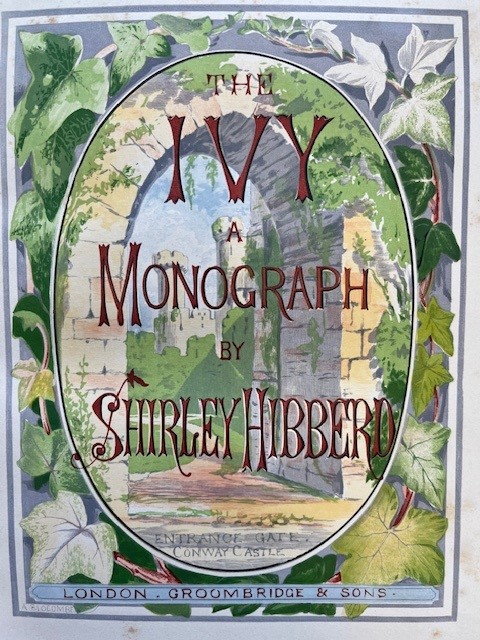
Shirley Hibberd had himself collected 200 varieties of ivy.
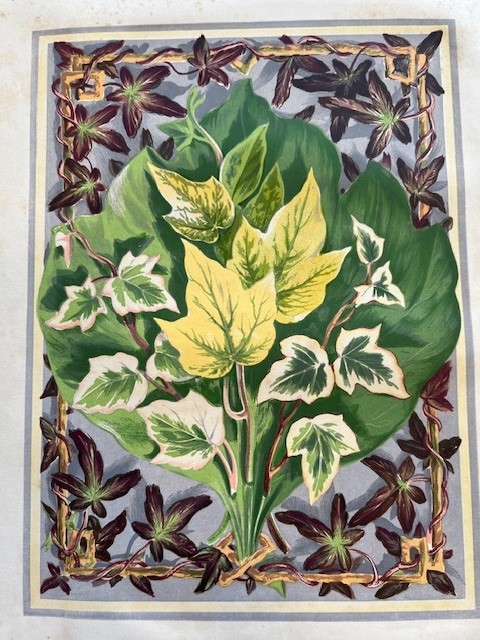 The Ivy: Frontispiece showing five varieties of ivy, and a plate showing six further varieties
The Ivy: Frontispiece showing five varieties of ivy, and a plate showing six further varieties
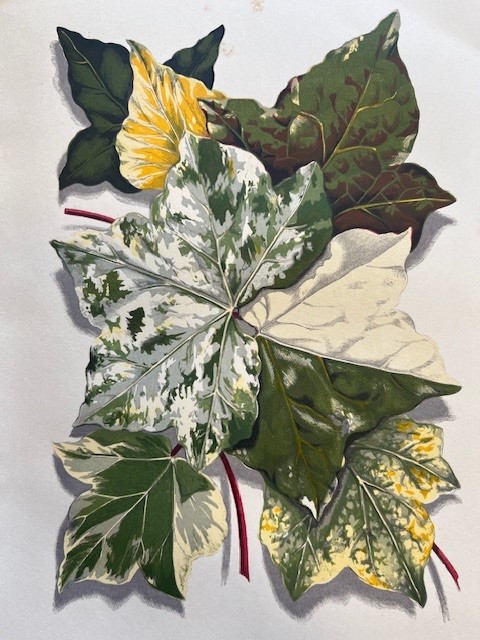
In his study of New and Rare Beautiful-Leaved Plants (1870) the 54 striking coloured plates do justice to their subject.
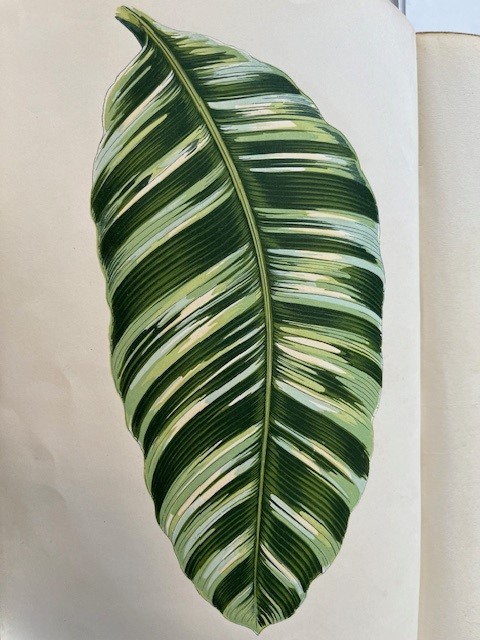 Beautiful-Leaved Plants (1870), ‘Musa vittata’ and ‘Maranta illustris’
Beautiful-Leaved Plants (1870), ‘Musa vittata’ and ‘Maranta illustris’
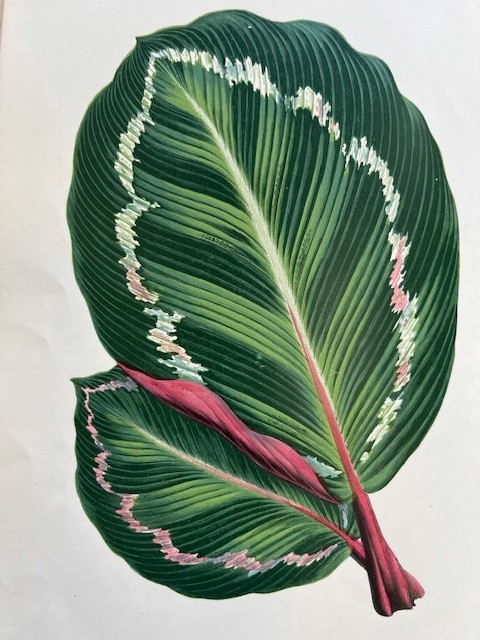
Their purpose is to inform and encourage the amateur gardener to experiment with new foliage effects in the urban garden.
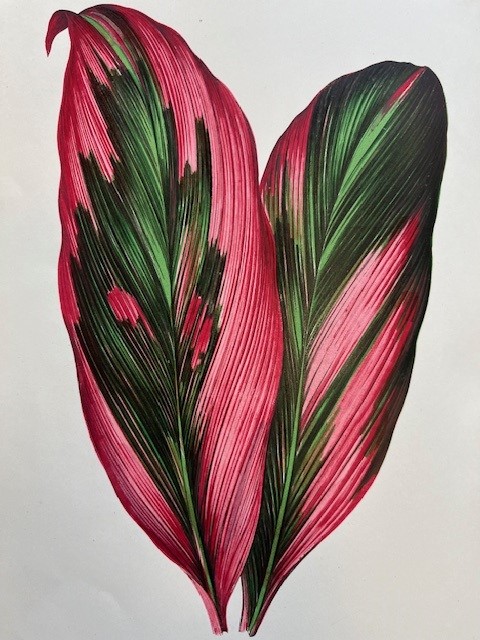 Beautiful-Leaved Plants, ‘Draecena terminalis’ and ‘Alocasia lowii’
Beautiful-Leaved Plants, ‘Draecena terminalis’ and ‘Alocasia lowii’
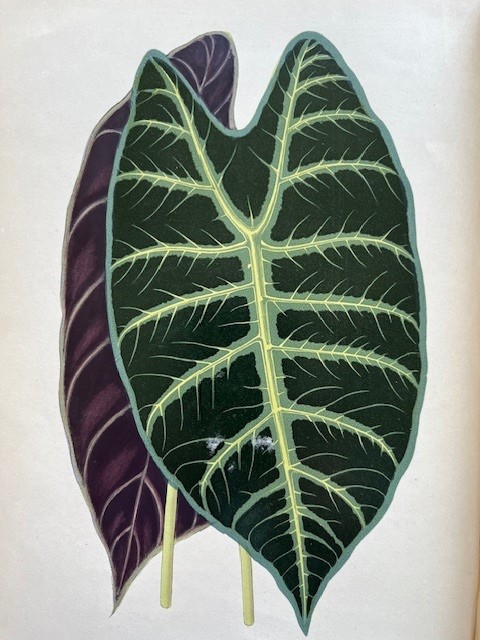
In some of his enthusiasms Shirley Hibberd anticipates the present: he advocated a green belt around London; he fretted over the survival of wild flowers; he kept bees; he advocated systems whereby each household collected rainwater for domestic water supply; for a while he espoused vegetarianism (but lapsed). Apart from one surviving small park that he designed at Islington Green, all of Shirley Hibberd’s London gardens have been built over, but his legacy is the continuing and absorbing cult of amateur gardening in the modest plots gardened by most people.
Barry Windeatt, Keeper of Rare Books
